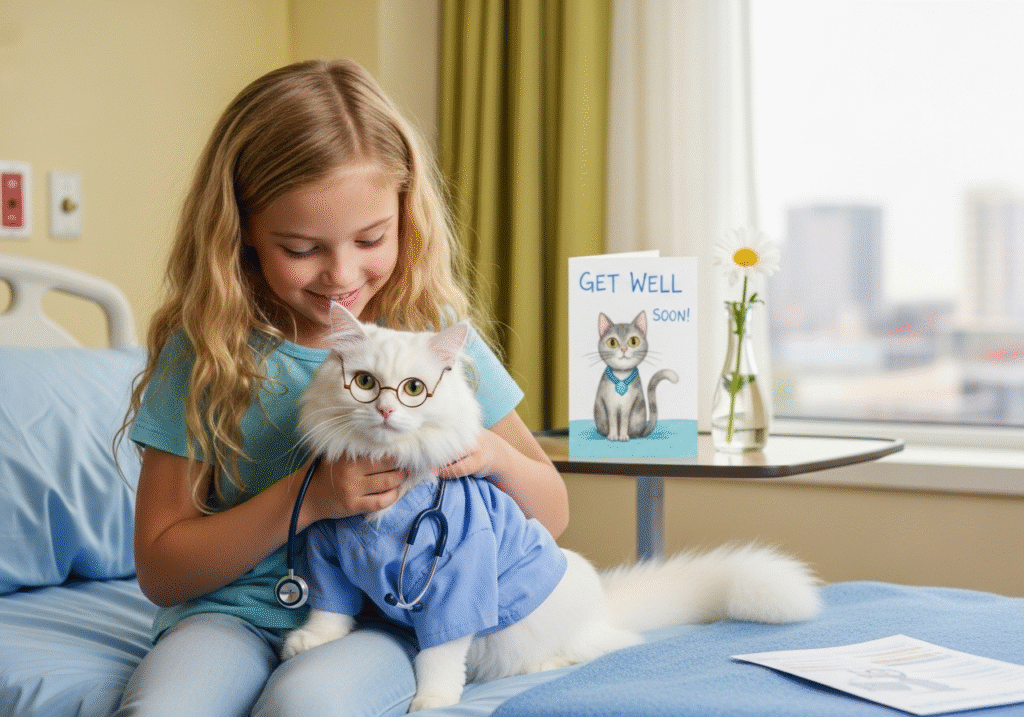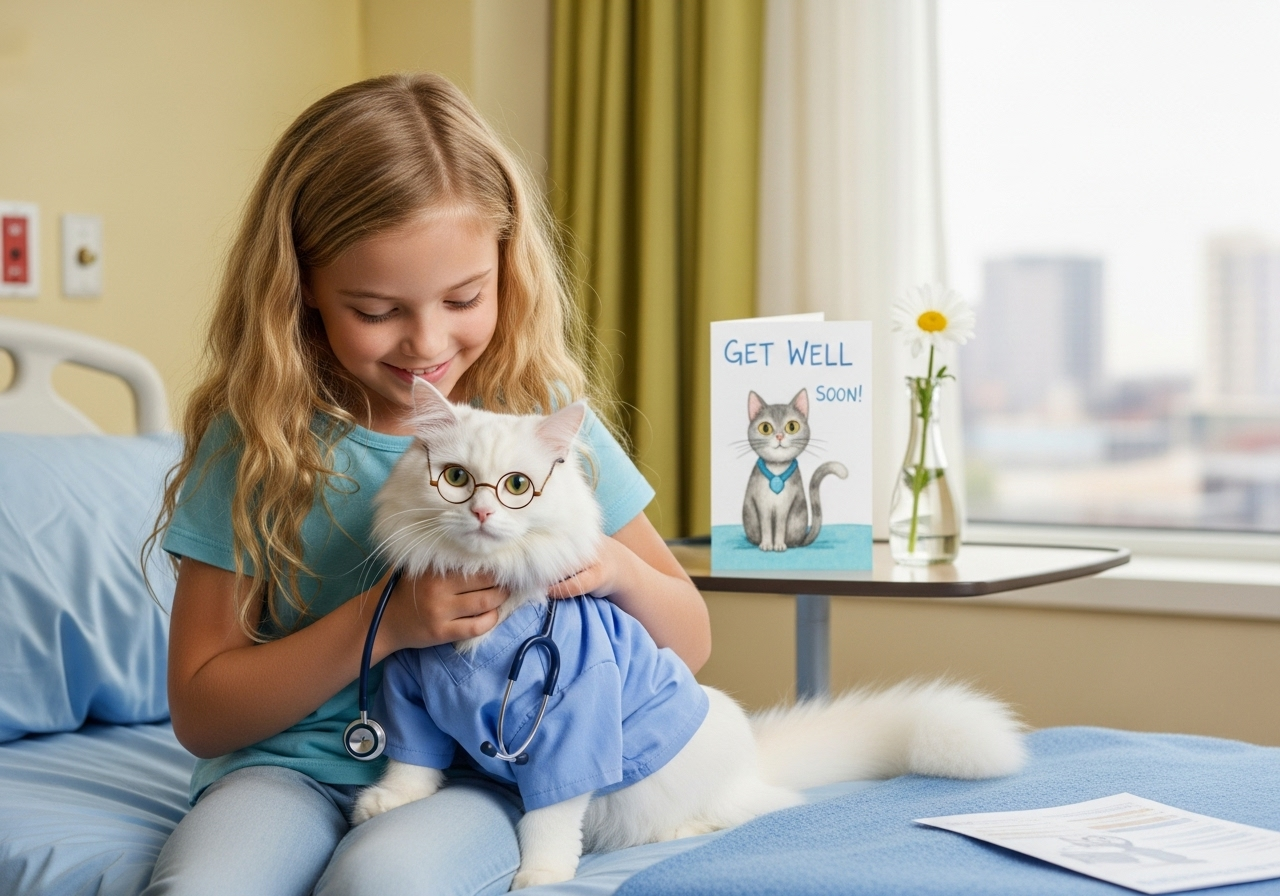
Children are prone to more rapid deterioration than adults. A sudden high fever of ≥38.5∘C is almost always the first sign. The typical pattern is, “They were fine yesterday, but suddenly look lethargic…”
Below is a table summarizing symptoms by age and time progression, based on the 2025 guidelines from the Ministry of Health, Labour and Welfare and the Japan Pediatric Society.
Symptom Chart
| Time Progression | 0–3 Years (Infants/Toddlers) | 4–9 Years (Preschool/School Age) | 10 Years and Over (Older Students) | Critical Danger Signs (Call 119 Immediately) |
| Onset 0−6Hours(First noticed) | * Sudden high fever (38.5∘C–40∘C) * Flushed face * Sudden, inconsolable crying or lethargy | * “I’m cold!” and shivering * Sudden high fever (≥39∘C) * Headache (holding the forehead) | * Shivering/Chills * Sudden high fever * Generalized muscle pain (“My body aches”) | Febrile seizures (Often the first occurrence) |
| Onset 6−12Hours(Pre-peak) | * Continuous, deep cough * Profuse runny nose * Refusing milk/baby food * Crying persistently, unable to sleep | * Severe cough + runny nose * Sore throat, “I can’t eat anything” * Headache, “My eyes hurt, the light is too bright” | * Cough + sore throat * Generalized malaise, “I don’t want to move” | Breathing rapidly (≥30times/min) Lethargic/Unresponsiveto calling their name |
| Onset 12−24Hours(Symptom Peak) | * Fever exceeding 40∘C * Vomiting due to coughing * Crying while holding the ear (complication: otitis media) | * Fever around 40∘C persists * Waking up at night due to coughing * Abdominal pain/diarrhea (especially Type B) | * Fever 39∘C–40∘C * Cough + severe malaise * Complete loss of appetite | Lips turning blue/purple, O2 Saturation≤94%Consciousness is clouded |
| Onset 24−48Hours | * Fever slowly starts to drop, but severe cough * Wheezing (croup-like) | * Fever subsides but cough remains * “I’m still tired…” | * Fever subsides but cough + malaise remain | Fever doesn’t drop, ≥39∘C on day 3 |
Top 5 “Critical Early Symptoms” Unique to Children (Easily Missed by Parents)
- Sudden high fever + sudden lethargy → No. 1 suspicion of influenza.
- Vomiting due to coughing → Especially common in infants/toddlers.
- Holding the ear/shaking the head → Sign of influenza-related otitis media complication.
- “My stomach hurts” + diarrhea → Increasing due to the 2025 Type B strain prevalence.
- Febrile seizures (The first-ever seizure is often due to the flu).
Age-Specific “Could This Be the Flu?” Checklist
| Age | Nearly 100% Occurrence | 70−80% Occurrence | Do Not Miss! |
| 0−2Years | Sudden high fever (≥38.5∘C) | Deep cough, profuse runny nose | Milk refusal, lethargy |
| 3−6Years | Sudden high fever + chills | Sore throat, headache | “My eyes hurt, the light is too bright” |
| 7+ Years | High fever + generalized muscle aches | Cough, malaise | “I can’t go to school…” |
Immediate Actions for Parents (If Initial Symptoms Appear)
- Take temperature immediately → If ≥38.5∘C, flu is highly likely.
- Test immediately with a home multiplex kit (e.g., Panbio, Quick Navi) → Positives are often detected even 6 hours after onset.
- Call the pediatric clinic → Tell them “Suspected flu, fever at $\text{^\circ\text{C}}$”; many hospitals will prioritize your guidance.
- Use only Acetaminophen for fever reducer (Calonal, Alpiny suppositories are OK) → Voltarene and Loxonin are NOT allowed (Risk of flu-related encephalopathy).
- Frequent hydration → OS-1 or Aqualyte are the best options.

